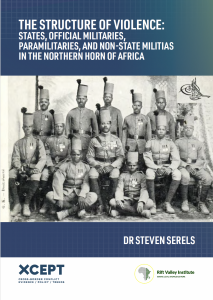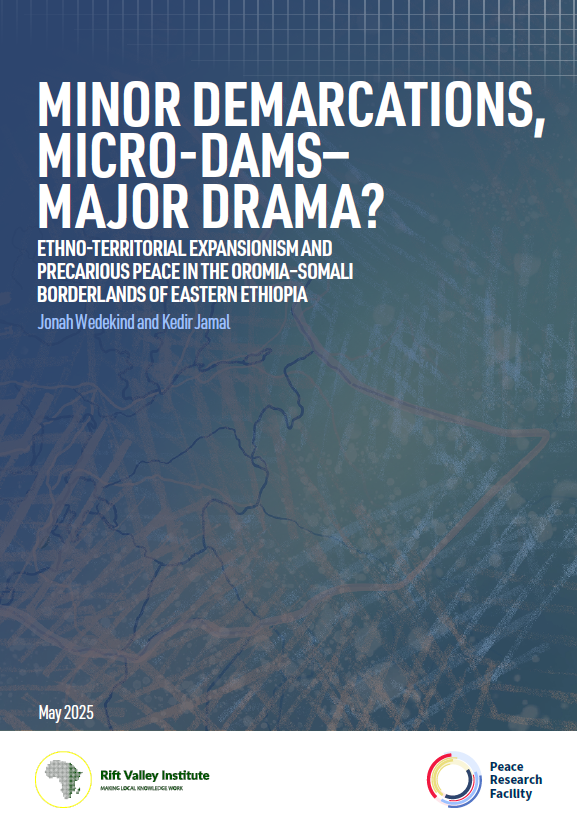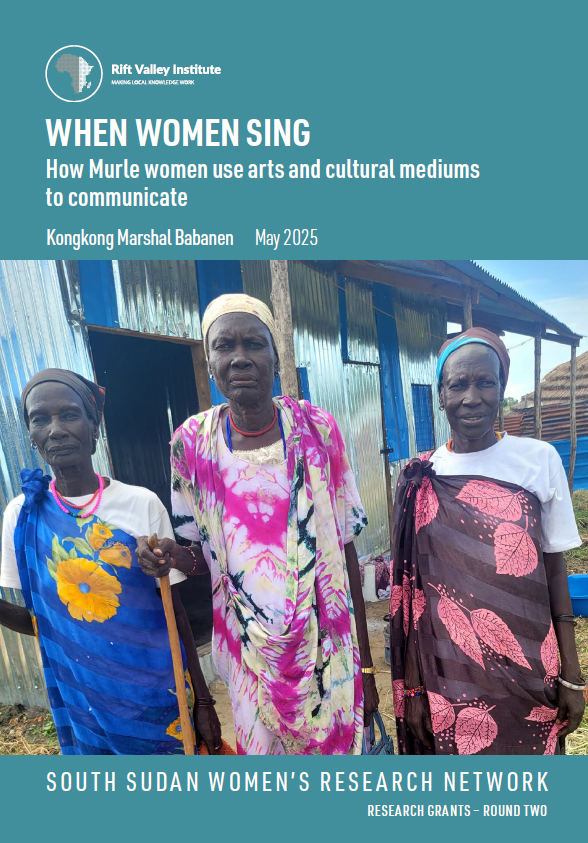EXECUTIVE SUMMARY
In Sudan and Ethiopia, official militaries are currently fighting against paramilitaries and non-state militias that, previously, had been important battlefield allies. The ongoing violence does not reflect a breakdown in the political order. Rather, these conflicts are the direct result of the persistence of a centuries-old regional military-political system created by unstable states with incomplete control over their official militaries.
Since its origins in the nineteenth century, this system has been perpetuated by violence. The right to rule was largely created through campaigns of conquest, policing patrols, armed resistance movements, and anti-insurgency military operations. As a result, the institutions of political authority have been intimately tied to the instruments of war, even though both official and unofficial armed groups have had a large degree of independence from the state.
This has not always been the case. The creation of this system required the dismantling of an older, traditional regional order in which well-defined social hierarchies ensured that actual fighting was rare. Under this older system, the primary goal of conflict was to force the weaker party to submit to integration within the hierarchy in a subordinate position. Mustering a sufficiently large force was generally enough to achieve this goal. As a result, violence was often unnecessary.
The new military-political system emerged after Egypt invaded Sudan in 1820. The conquest and colonization of Sudan allowed Egypt to develop a new, well-armed army organized along European lines and manned with Sudanese slave soldiers. Ethiopia responded to the threat of further Egyptian expansion by developing its own new armed force modelled on European official militaries. The creation of these armies required the conquest of more distant territories to ensure their sufficient supply of soldiers and provisions. Since submission was no longer the primary goal, violence became the main military tactic.
This research paper is a product of the FCDO’s Cross-Border Conflict Evidence, Policy and Trends (XCEPT) programme, funded by UK aid from the UK government. XCEPT brings together leading experts to examine conflict-affected borderlands, how conflicts connect across borders, and the factors that shape violent and peaceful behaviour. The programme carries out research to better understand the causes and impacts of conflict in border areas and their international dimensions. It supports more effective policymaking and development programming and builds the skills of local partners. The views expressed do not necessarily reflect the UK government’s official policies.



